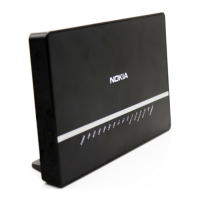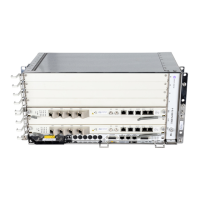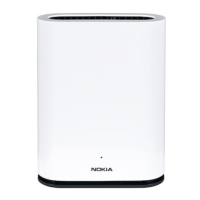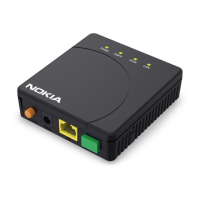FD 100/320Gbps NT and FX NT IHub Services Guide Virtual Private LAN Service
Issue: 13 3HH-11985-AAAA-TQZZA 271
5.16.2.34 remote-age
Table 158 remote-age command
5.16.2.35 send-flush-on-failure
Table 159 send-flush-on-failure command
Item Description
Syntax remote-age aging-timer
no remote-age
Context configure>service>vpls
Description Specifies the aging time for remotely learned MAC addresses in the forwarding database
(FDB) for the Virtual Private LAN Service (VPLS) instance. In a VPLS service, MAC addresses
are associated with a Service Access Point (SAP) or with a Service Distribution Point (SDP).
MACs associated with an SAP are classified as local MACs, and MACs associated with an
SDP are remote MACs.
Like in a layer 2 switch, learned MACs can be aged out if no packets are sourced from the
MAC address for a period of time (the aging time). In each VPLS service instance, there are
independent aging timers for local learned MAC and remote learned MAC entries in the FDB.
The remote-age timer specifies the aging time for remote learned MAC addresses. To reduce
the amount of signaling required between switches configure this timer larger than the
local-age timer.
The no form of this command returns the remote aging timer to the default value.
Default remote age 900 — Remote MACs aged after 900 seconds
Parameters aging-timer — The aging time for remote MACs expressed in seconds.
Values 60 — 86400
Item Description
Syntax [no] send-flush-on-failure
Context configure>service>vpls
Description This command enables sending out “flush-all-from-ME” messages to all LDP peers included in
affected VPLS, in the event of physical port failures or “oper-down” events of individual SAPs.
This feature provides an LDP-based mechanism for recovering a physical link failure in a
dual-homed connection to a VPLS service. This method provides an alternative to RSTP
solutions where dual homing redundancy and recovery, in the case of link failure, is resolved
by RSTP running between a PE router and CE devices. If the endpoint is configured within the
VPLS and send-flush-on-failure is enabled, flush-all-from-me messages will be sent out only
when all spoke SDPs associated with the endpoint go down.
This feature cannot be enabled on management VPLS.
Default no send-flush-on-failure

